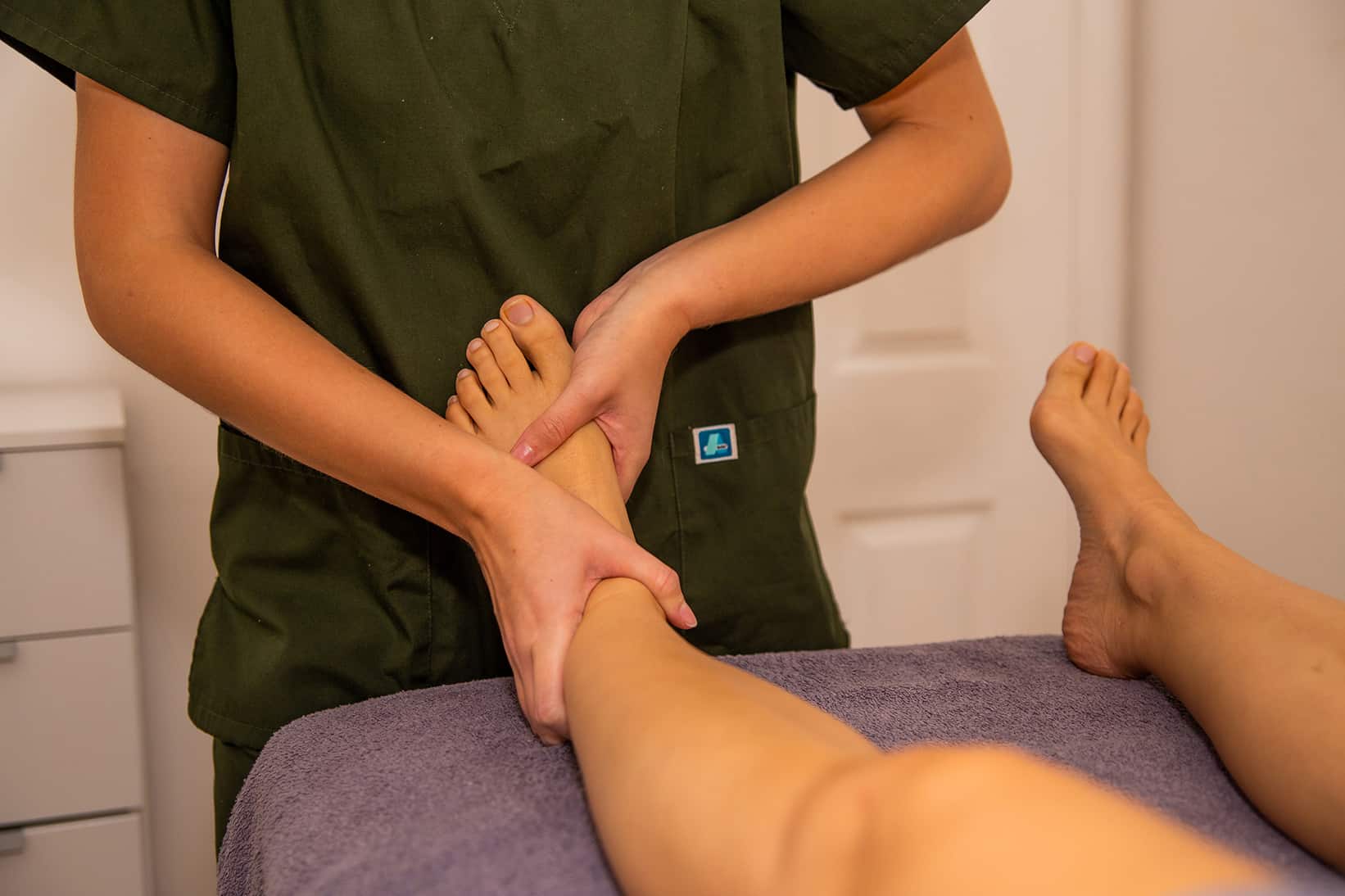Specialized Treatment
Foot Pain Relief
in London
Expert clinicians providing evidence-based treatments
for plantar
fasciitis,
heel pain, arch problems, and all forms of foot discomfort.


